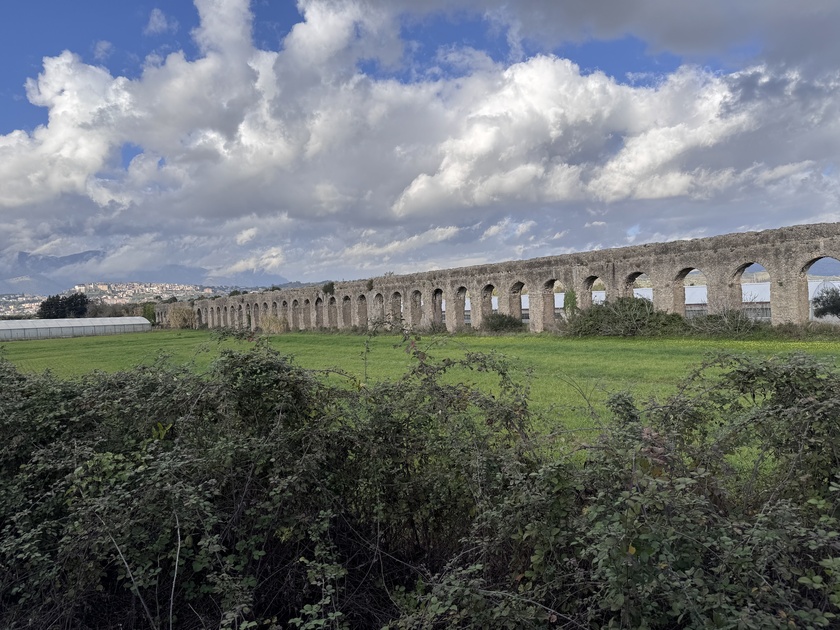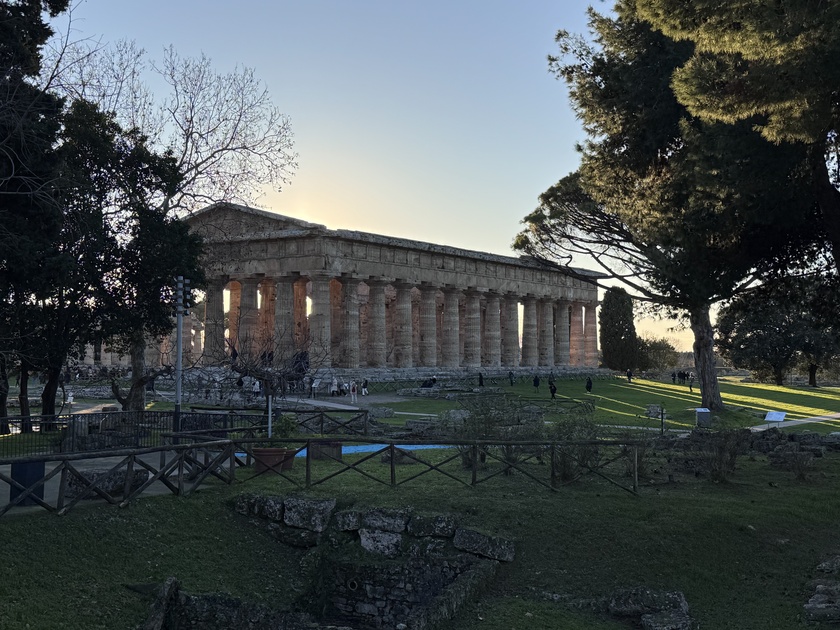Khuk Khi Kai
Khuk Khi Kai, also known as the Chicken Dung Cell or Chicken Poop Prison, is a former prison located in Laem Sing, Chanthaburi, Thailand. It was built by the French in 1893 during their occupation of the area as part of the Franco-Siamese conflict, to imprison Thai resistance fighters. The square-shaped tower is made from red bricks and is 4.4 meters wide and 7 meters tall, with two rows of slits along the sides. The resistance prisoners were kept on the ground floor of the tower, while above them was a chicken coop. The floor between them was perforated, allowing chicken faeces to fall down on the prisoners below, as a form of torture. The tower was abandoned after the French withdrew in 1904.
Some sources suggest that the story of the prison being used to subject prisoners to chicken poop may be apocryphal, and that the building was only an observation tower. However, the prison is still known for its gruesome past and is a historical site in Chanthaburi province.
Tuek Daeng Red House
...
The Roman Ruins of Ancient Minturnae at Minturno
The archaeological site of ancient Minturnae, located near the modern town of Minturno in southern Lazio, Italy, along the right bank of the Garigliano River (ancient Liris), represents a strategically vital Roman colony and port city on the Via Appia.
Originally settled by the Aurunci (or Ausones), an Italic tribe, the site was captured and destroyed by the Romans in 314 BC during the Second Samnite War, then refounded as a Roman castrum and maritime colony in 295 BC to secure control over the coastal route between Rome and Campania. Its position near the river mouth facilitated trade and naval access, making it a prosperous commercial hub.
Minturnae gained historical fame in 88 BC when the exiled general Gaius Marius hid in nearby marshes from Sulla’s pursuers before escaping by sea.
The colony was renewed under Augustus and significantly expanded by Hadrian in the 2nd century AD, with new public buildings reflecting imperial investment. The city ...
The Amphitheatre of Capua: Ancient Rome’s Second Greatest Arena and Birthplace of Spartacus’ Revolt
The Amphitheatre of Capua (Anfiteatro Campano), located in the modern town of Santa Maria Capua Vetere in Campania, Italy (about 25 km north of Naples), stands as one of the most significant Roman amphitheatres outside Rome.
Often overshadowed by the Colosseum, this structure is widely regarded as the second largest Roman amphitheatre (after the Flavian Amphitheatre in Rome) and possibly the first permanent stone amphitheatre built by the Romans, dating to the late 1st century BC with major expansions under Augustus, Hadrian, and Antoninus Pius in the 2nd century AD.
Its elliptical design—measuring approximately 170 x 140 meters—closely mirrored what would become the Colosseum, leading historians to suggest it served as a direct architectural model.
Ancient Capua, once one of Italy’s wealthiest and most influential cities (dubbed “Altera Roma” or “another Rome” by Cicero), thrived as a hub...
The Archaeological Site of Paestum: Ancient Poseidonia’s Magnificent Greek Legacy
Paestum, located in the Campania region of southern Italy about 85 kilometers southeast of Naples in the modern comune of Capaccio Paestum, stands as one of the most extraordinary surviving examples of ancient Greek colonization in Magna Graecia.
Originally founded around 600 BC by Greek settlers from Sybaris as Poseidonia—named after the sea god Poseidon—the city quickly flourished into a prosperous trading and cultural center on the Tyrrhenian coast, benefiting from fertile plains and maritime access.
Conquered by the indigenous Lucanians around 400 BC, who renamed it Paistom, the city retained much of its Greek character while adopting local influences, evident in vibrant painted tombs from this era.
In 273 BC, it became a Roman colony under the name Paestum, receiving new public buildings like a forum, amphitheater, and roads, though the iconic Greek temples remained revered.
Prosperity continued into the ...














































